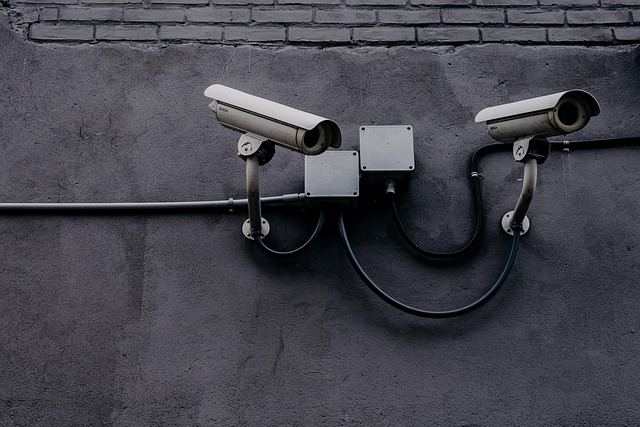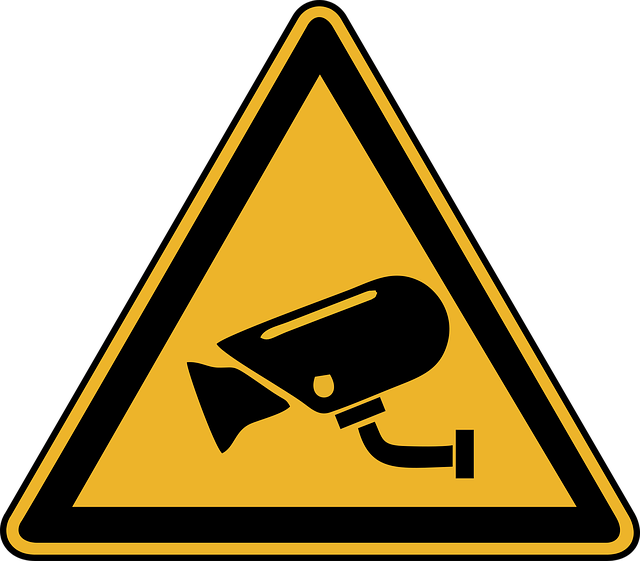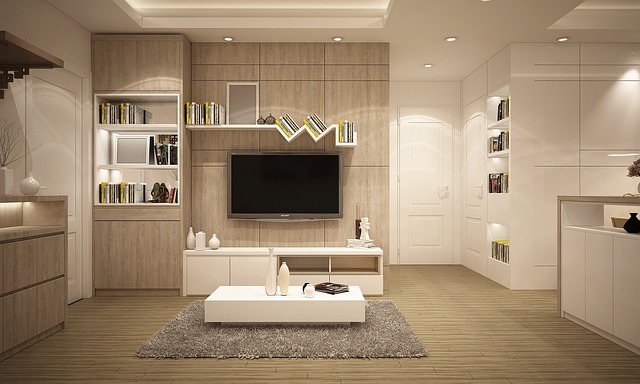Personalized home security plans require a multi-layered approach starting with security strategy planning that considers location, environment, property value and past incidents. This collaborative process, involving homeowners and experts, identifies unique vulnerabilities and integrates physical (locks, surveillance) and digital (smart home tech) defenses. Regular reviews ensure the plan evolves with changing needs, technological advancements, and potential threats. Continuous monitoring through advanced systems provides real-time data for proactive adjustments, offering peace of mind and enhanced property safety.
In today’s world, securing your home is more crucial than ever. This article explores the art of crafting personalized security plans for residential properties, transforming your living space into a fortress of safety. From understanding unique risk factors specific to your home to implementing tailored security strategies, we guide you through every step. Learn how to assess current measures, adapt to evolving threats, and continuously monitor your surroundings for unparalleled peace of mind. Discover the power of strategic planning in enhancing your property’s security.
- Understanding Your Property's Unique Risks
- Assessing Your Current Security Measures
- Tailoring a Comprehensive Security Strategy
- Implementing Personalized Safety Protocols
- Continuous Monitoring and Adaptation
Understanding Your Property's Unique Risks

When developing a personalized security plan for your residential property, understanding its unique risks is paramount. Every home and neighborhood has distinct vulnerabilities that can be assessed through a comprehensive security strategy planning process. This involves identifying potential threats such as break-ins, burglaries, or even natural disasters that could impact the safety of occupants and the integrity of the structure.
By evaluating factors like location, surrounding environment, property value, and previous security incidents, homeowners can tailor their security measures accordingly. Effective security strategy planning ensures that vulnerabilities are addressed proactively, providing a robust defense against various risks. This personalized approach allows for the implementation of targeted solutions, from advanced lock systems to surveillance cameras, offering peace of mind and enhanced protection for you and your family.
Assessing Your Current Security Measures

When crafting a personalized security plan for your residential property, the first step is to assess your current security measures. This involves evaluating everything from physical barriers like locks and alarm systems to neighborhood watch programs and personal safety habits. Start by conducting a thorough audit of your home, identifying potential vulnerabilities and weak points that could be exploited by intruders. Consider factors such as the layout of your property, entry points, and existing security features.
Next, examine your current security strategy planning. Look at how you and your family currently respond to situations like unexpected visitors, suspicious activities, or emergencies. Are there established protocols in place? Effective security strategy planning requires understanding your household’s needs, habits, and weaknesses. By taking the time to assess these aspects, you can create a comprehensive security plan tailored to provide optimal protection for your home and loved ones.
Tailoring a Comprehensive Security Strategy

In crafting a personalized security plan for residential properties, the initial step is to tailor a comprehensive security strategy. This involves a thorough assessment of the property’s unique needs and vulnerabilities. Homeowners should consider factors like the layout of the house, proximity to potential threats, and existing security infrastructure. A detailed risk analysis can help identify specific areas that require enhanced protection, such as high-value asset locations, entry points, and weak spots in the current security setup.
The planning process should be collaborative, involving homeowners, property managers, and security professionals. Integrating multiple layers of defense is key; this includes physical measures like robust locks, surveillance systems, and access control mechanisms, as well as digital solutions such as smart home automation and intrusion detection systems. Regular reviews and updates to the strategy are essential, considering evolving threats, technological advancements, and changes within the household.
Implementing Personalized Safety Protocols

Implementing personalized safety protocols is a key aspect of developing an effective security strategy for residential properties. Each home and its occupants have unique needs, making one-size-fits-all approaches less than ideal. A comprehensive security strategy planning process involves assessing risk factors, understanding potential threats, and tailoring specific measures to address them. This may include installing smart locks, setting up surveillance cameras, or implementing access control systems tailored to the family’s routines and preferences.
By adopting a personalized approach, homeowners can create a robust safety net that provides peace of mind. Security strategy planning should also incorporate regular reviews and updates to adapt to changing circumstances, ensuring that the home remains secure as the family’s needs evolve.
Continuous Monitoring and Adaptation

Personalized security plans for residential properties must be dynamic and adaptable, reflecting the evolving nature of potential threats. Continuous monitoring is key to this adaptability; a robust security strategy planning approach involves integrating advanced surveillance systems that provide real-time data. This includes motion sensors, CCTV cameras with AI capabilities, and intelligent alarm systems that detect unusual activity or patterns.
By analyzing this data, security professionals can identify vulnerabilities and adjust the security strategy accordingly. It enables proactive response to emerging risks, ensuring the residential property remains secure as threats change over time. This continuous monitoring and adaptation are integral to any comprehensive security plan, offering peace of mind for homeowners and enhancing the overall safety of the property.
Personalized security plans for residential properties are not just about installing alarm systems; they involve a multifaceted approach. By understanding your property’s unique risks, assessing current security measures, tailoring a comprehensive security strategy, implementing personalized safety protocols, and continually monitoring and adapting, you can create a robust defense against potential threats. This proactive approach ensures that your home remains a safe haven, providing peace of mind for you and your family. Effective security strategy planning is key to safeguarding what matters most.
